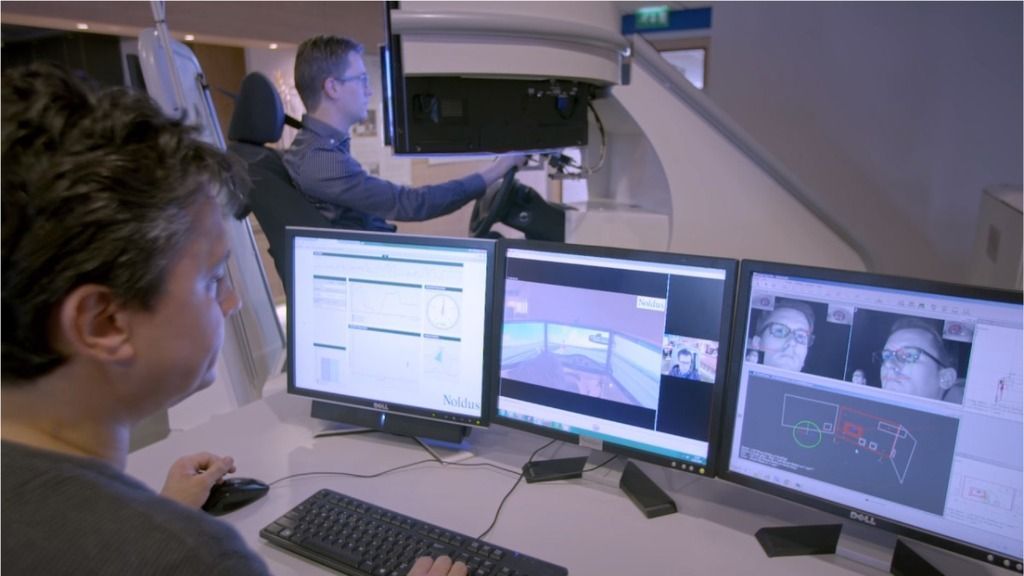3 reasons to join us at Applied Human Factors & Ergonomics meeting (DriveLab)
The International Conference on Applied Human Factors and Ergonomics (AHFE) is held annually. Here is why you should attend.
Posted by
Published on
Tue 23 Jul. 2019
Topics
| Conferences | DriveLab | Driver Behavior | Human Factors |

Every year the International Conference on Applied Human Factors and Ergonomics is organized in the United States. It is always great to use the summer season to meet other researchers, walk along the poster boards, discuss and exchange ideas about new applications, and view the latest tools and solutions for human factors research.
AHFE facilitates it all: keynote presentation, parallel sessions, demonstration and poster sessions, tutorials, exhibitions, and meetings of special interest groups.
3 reasons to join us at the AHFE meeting this year
Here is why you should attend the International Conference on Applied Human Factors and Ergonomics:
1) Get the trends
AHFE is the place for exhibitors to present their latest, state-of-the-art ergonomics products, systems and services for users, professionals, and researchers in the AHFE field. If you attend the conference you will be joining some 1,500 fellow researchers and professionals. The ideal set-up for meeting peers, discussing the latest trends, and discovering the best tools and techniques in your field.
The conference objective is to provide an international forum for the dissemination and exchange of scientific information on theoretical, generic, and applied areas of human factors and ergonomics. With a Keynote Address by Prof. Peter A. Hancock (University of Central Florida, USA) called "In The Future Will There Be Humans to Factor In?" there will be a stern look at the future too.
2) We're showing DriveLab
DriveLab is a powerful tool that helps researchers understand driver behavior and the influence of support systems on behavior and performance. It furthermore helps vehicle and electronics developers in testing how their products are being used and what the effect of these products will be on driving behavior, providing them with valuable information for further improving their designs.
Check out this research solution developed by Noldus in collaboration with our partners Green Dino, Smart Eye, Delft University of Technology, TNO, TomTom, and HAN University of Applied Sciences.
3) Turn-key solutions for your (applied) human factors research
Noldus Information Technology develops innovative solutions for behavioral research: from software packages and lab equipment to fully integrated human factors and observation labs, including training and support. With 30 years of experience we translate your questions into practical and proven solutions. Our turn-key observation labs come complete with Viso, FaceReader, The Observer XT, eye trackers, and data acquisition systems.
Will we meet you there?
Related Posts

Human-Robot Interaction: Robots in the spotlight

Alexa, Siri, Google – Are voice assistants the future of marketing?

